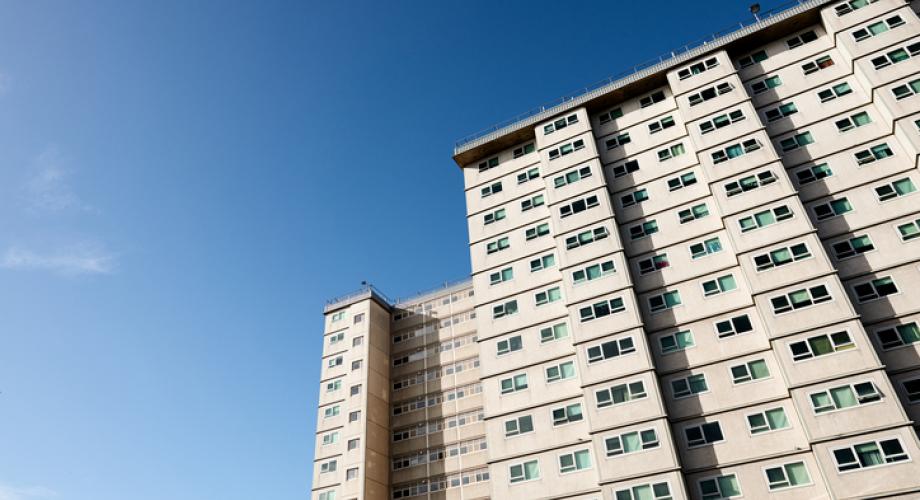Putting in new granite countertops doesn’t always lead to higher rents. Many older apartment buildings are already fully occupied with residents who may not want to pay more every month for new renovations and expensive amenities.
“In the right location, Class C apartments enjoy high occupancy,” says Todd Bracey, Vice President of Asset Engineering for Alliance Residential, headquartered in Phoenix. “Owners might not increase their returns by investing in renovations.”
Relatively inexpensive rents may be the most valuable amenity these older apartments have to offer. Managers of such buildings carefully budget for capital expenditures to avoid deferred maintenance, keep their properties running smooth and avoid adding much to the cost of rent and utilities.
“Owners are evaluating and second-guessing every major capital expense,” says Dan Wurtzel, President of New York Operations for FirstService Residential, headquartered in Dania Beach, Fla. “Most owners are mandating a thorough analysis to determine if a full replacement is required or if the lifespan of the item can be extended by a repair.”
Stronger Than Usual Demand for Class C Apartments
Vacant apartments are hard to find in cities and towns across the U.S., especially in lower-priced, Class C apartment buildings. The percent of apartments occupied at the end of 2019 hovered close to
96 percent, and was even higher for older Class C apartments, according to data from RealPage, Inc. That’s unusual—from 2003 through 2014, these Class C apartments reported lower occupancy rates than the apartment market overall.
The vast majority of new apartments developed in recent years have been luxury, Class A units. That’s partly because of the high cost of construction and land, especially in the urban downtowns where developers have been eager to build mid-rise and high-rise buildings.
“Class C apartments always seem to have their own strong market demand,” says FirstService’s Wurtzel.
Current residents of these older apartments may not be willing or able to pay extra for new amenities and fancier finishes. These renters often live in communities managed by smaller operating companies that may not require all potential residents to prove they have an annual income equal to several times the annual rent before they can sign a lease.
“Affordability is an issue that can drive decisions,” says Bracey. “There is always demand for lower-cost housing.”
Also, lawmakers in many jurisdictions have recently passed or toughened rent stabilization laws. In places like New York state, new rules limit the ability of owners to raise rents even on vacant units.
“With the new changes to the rent laws, owners are migrating away from a policy of ‘wall to wall’ renovations toward one where the scope of work is limited to only what is required to re-rent the unit,” says FirstService’s Wurtzel.
Operators Save Up for Big-Ticket Items
To keep the rents low, property owners and operators must plan carefully to pay for large capital expenses.
“If you have a leaking roof, it needs to be fixed,” says Lela Cirjakovic, Executive Vice President of Waterton, based in Chicago.
Investors may be tempted to plan optimistically, setting aside less money to replace building systems that might last longer without breaking down. Deferred maintenance tends to eventually lead to disruptions at the property that can quickly hurt the revenue from the apartments, and may also cause additional problems later on.
“It will impact the ability to sell and the price at the time of exit,” says Bracey. “Be prudent setting up reserves, plan and allow for capital replacements where the useful life of large items is nearing expiration.”
Apartment owners and managers can also sometimes find an upside to large capital expenditures. For instance, new building systems may be more efficient and less expensive to operate.
“Owners are also looking at big-picture, future needs, versus simply replacing something old with new,” says FirstServices’ Wurtzel. “An example would be re-sizing boilers to reflect improvements in heating efficiencies.”
